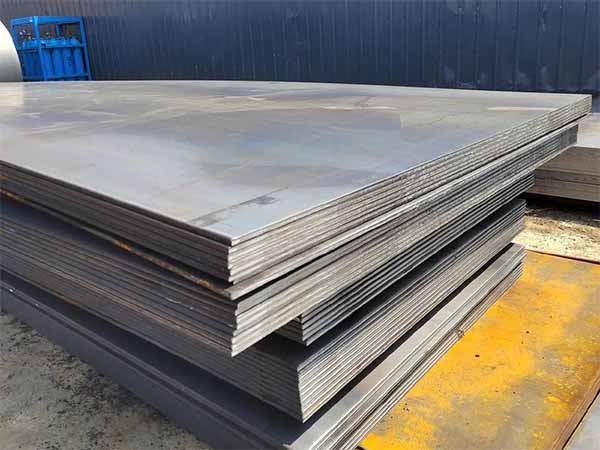Hot-rolled steel plates are widely used in construction, shipbuilding, pressure vessels, Bridges and heavy machinery, etc. The surface quality directly affects the performance, appearance and market value of the products. Improving the surface quality of hot-rolled steel plates not only enhances the competitiveness of the products but also reduces the costs of subsequent processing steps such as pickling, polishing and coating. This article will systematically introduce effective methods for improving the surface quality of hot-rolled steel plates from aspects such as raw materials, heating, descaling, rolling, equipment maintenance and cooling control.

1. Control the quality of raw materials
The main cause of surface defects in hot-rolled steel plates stems from poor quality of raw materials. The use of high-quality steel billets with uniform composition and low impurity content is the foundation. Before rolling, the surface of the steel billet should be cleaned and inspected to promptly remove defects such as oxide scale, cracks or inclusions.
In addition, the chemical composition and cleanliness of the steel billets should be strictly monitored, and a stable raw material supply system should be established to reduce the occurrence of surface defects from the source.
2. Optimize the heating process
Uneven temperature or excessive oxidation during the heating process can lead to problems such as thick oxide scale, roughness, and decarburization layer on the surface of the steel plate. To improve the surface condition, attention should be paid to:
Maintain a uniform temperature distribution in the heating furnace;
Control the oxidation atmosphere and reduce the oxygen partial pressure inside the furnace;
Adopt protective atmosphere heating or configure an efficient descaling device;
Avoid overheating and ensure that the surface temperature of the steel billet is consistent.
By optimizing the heating conditions, the formation of oxide scale can be effectively reduced and the surface finish of hot-rolled steel plates can be improved.
3. Descaling and rolling process control
If the oxide scale formed during the heating process is not removed in time, it will cause scratches, indentations or entrapped defects during rolling. Therefore, the maintenance and calibration of the high-pressure water descaling system are particularly crucial
Set the pressure, Angle and flow rate of the nozzle reasonably;
Regularly check whether the nozzles are worn or clogged.
Keep the descaling operation in sync with the rolling speed.
During the rolling process, it is necessary to ensure a reasonable reduction, stable speed and appropriate lubrication conditions, so as to obtain a smoother surface and higher dimensional accuracy.
4. Equipment maintenance and roller surface management
The condition of the rolling mill equipment directly determines the surface quality of the hot-rolled plate. The work rollers should be ground and polished regularly to prevent scratches, pitting or excessive roughness on the roller surface.
In addition, it should:
Use the roller surface monitoring system to detect roller surface defects in a timely manner;
Replace the rollers that are severely worn regularly;
Keep the cooling water system clean to prevent contamination by impurities or deposition of scale.
Good equipment maintenance can ensure that the rolled surface is flatter and more uniform.
5. Controlled cooling and subsequent processing
The cooling and coiling processes after rolling also affect the surface appearance. Uneven cooling may lead to problems such as warping, water marks and oxidation spots.
Uniform water cooling or mist cooling systems should be adopted. Avoid contact with wet surfaces during stacking. Apply an anti-oxidation protective layer when necessary.
Scientific cooling and post-treatment can maintain the metallic luster of steel plates and prevent secondary pollution.
6. Inspection and Quality Feedback
It is of vital importance to establish a sound surface inspection and feedback mechanism. Through the automatic surface defect detection system, scratches, oxide scales or cracks are identified in real time, and the detection data is fed back to the process control end to continuously optimize process parameters and achieve closed-loop quality management.
Summary
Improving the surface quality of hot-rolled steel plates is a systematic project that requires efforts from multiple aspects, including raw material control, heating process, descaling and rolling, equipment management, and cooling treatment.
Read more:What is hot rolling process or A36 hot rolled steel
